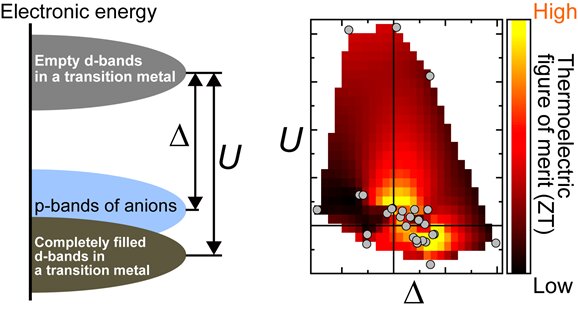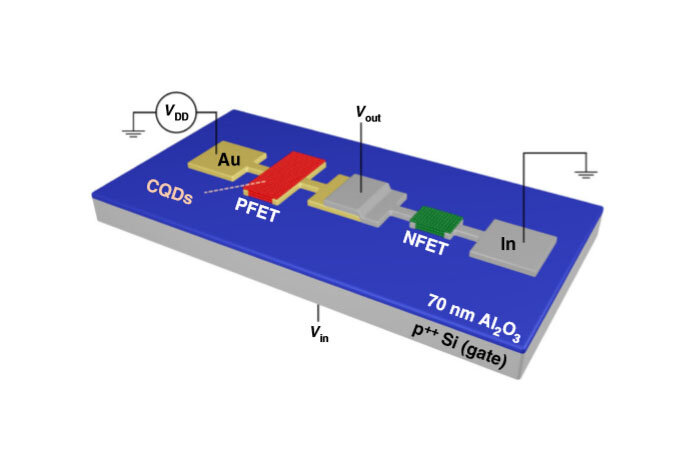#Research team develops new strategy for designing thermoelectric materials

Table of Contents
“Research team develops new strategy for designing thermoelectric materials”

The National Institute for Materials Science (NIMS) has succeeded in developing a new approach to the design of thermoelectric materials by constructing a database of electronic structure parameters correlated with materials’ thermoelectric conversion properties and by a comprehensive analysis of the database. This approach can be used to develop higher performance thermoelectric materials.
Thermoelectric conversion is a viable means of harvesting energy to help achieve a low carbon economy and supply electricity to IoT devices—a key digital transformation technology. For these purposes, more efficient thermoelectric materials must be developed. Thermoelectric conversion is a long-known physical phenomenon: Electricity is generated in a solid material with a temperature gradient across it.
Extensive efforts have been made to discover highly efficient thermoelectric materials. The conventional approach to developing high-performance thermoelectric materials has been to analyze the electronic structures of materials that exhibit highly efficient thermoelectric conversion and investigate the mechanisms responsible. These studies have so far focused on the mechanisms of individual materials rather than trying to find commonalities among them. This research group discovered electronic structure properties common to high-performance thermoelectric materials and succeeded in developing a versatile materials design approach.
The research group first constructed a database of two electronic structure parameters known to be correlated with materials’ thermoelectric conversion properties: charge transfer energy (Δ) and onsite Coulomb repulsion energy (U). Data was collected from various materials containing transition metal ions—a material group in which promising thermoelectric materials have been found in the past. Multiple materials were then simultaneously analyzed using this database, revealing the relationship between various chemical elements and the parameters. Finally, the group applied these relationships to thermoelectric materials and discovered that materials with desirable thermoelectric conversion properties occur in particular areas along the plotted Δ and U values.
These results represent a new approach to designing high-performance thermoelectric materials. In addition, the database developed in this project is expected to be useful in research on a wide range of materials (e.g., lithium-ion batteries, catalysts, superconductors and magnetic and ion conducting materials) in addition to thermoelectric materials.
Researchers enhance thermoelectric performance of SnTe
Isao Ohkubo et al, Rational Design of 3d Transition-Metal Compounds for Thermoelectric Properties by Using Periodic Trends in Electron-Correlation Modulation, Journal of the American Chemical Society (2022). DOI: 10.1021/jacs.1c12520
Citation:
Research team develops new strategy for designing thermoelectric materials (2022, March 17)
retrieved 17 March 2022
from https://phys.org/news/2022-03-team-strategy-thermoelectric-materials.html
This document is subject to copyright. Apart from any fair dealing for the purpose of private study or research, no
part may be reproduced without the written permission. The content is provided for information purposes only.
If you liked the article, do not forget to share it with your friends. Follow us on Google News too, click on the star and choose us from your favorites.
For forums sites go to Forum.BuradaBiliyorum.Com
If you want to read more Like this articles, you can visit our Science category.


